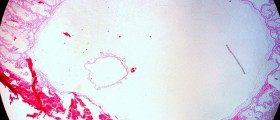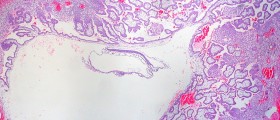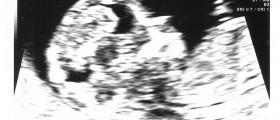
Not a lot of people know what exactly uterine fibroids are. Uterine fibroids are noncancerous growths of the uterus. In most cases, these growths occur during a woman’s childbearing years. Other names for uterine fibroids are fibromyomas, leoimyomas and myomas. Only in extreme rare cases these fibroids will develop into cancer but in most cases they are not connected with the increase of uterine cancer risk. According to certain researches, some 75% of all women at least once in their life suffer from uterine fibroids. However, most of these women are not even aware that they have them because of the reason that they do not cause any symptoms. When a woman goes to the hospital for a pelvic exam or a prenatal ultrasound, the doctor may discover uterine fibroids by accident. In a majority of cases, uterine fibroids cause no problems for the women and only in some rare cases there is need for some sort of a treatment. A woman who experiences discomfort from these fibroids should know that medical therapy and surgery are her best options for removing or shrinking the fibroids. In extremely rare cases a woman may experience sharp pelvic pain or excessive menstrual bleeding and in these cases there is need for an emergency treatment.
Tests and diagnosis
In most cases the uterine fibroids are found by accident during a regular pelvic exam. In cases when the doctor suspects of uterine fibroids, he or she will order an ultrasound. Ultrasound is an exam that causes no pain whatsoever and through sound waves the doctor will be able to get a picture of the woman’s uterus. This is done in order for the fibroids to be diagnosed. Transvaginal ultrasound is also an option in which case the doctor will place the device into the woman’s vagina. This ultrasound test is better because the device is closer to the uterus and the doctor will get a better picture.
In cases when the doctor is not satisfied with an ultrasound, he or she may order some additional test. Some of the available tests are hysterosonography, hysterosalpingography and hysteroscopy. When a woman complains about excessive vaginal bleeding, the doctor will usually order more tests in order to determine the cause. The most common test is a complete blood count.
Prevention
There is no way a woman can prevent form getting uterine fibroids but the good thing is that just a small number of these cases require some treatment.

















Your thoughts on this
Loading...